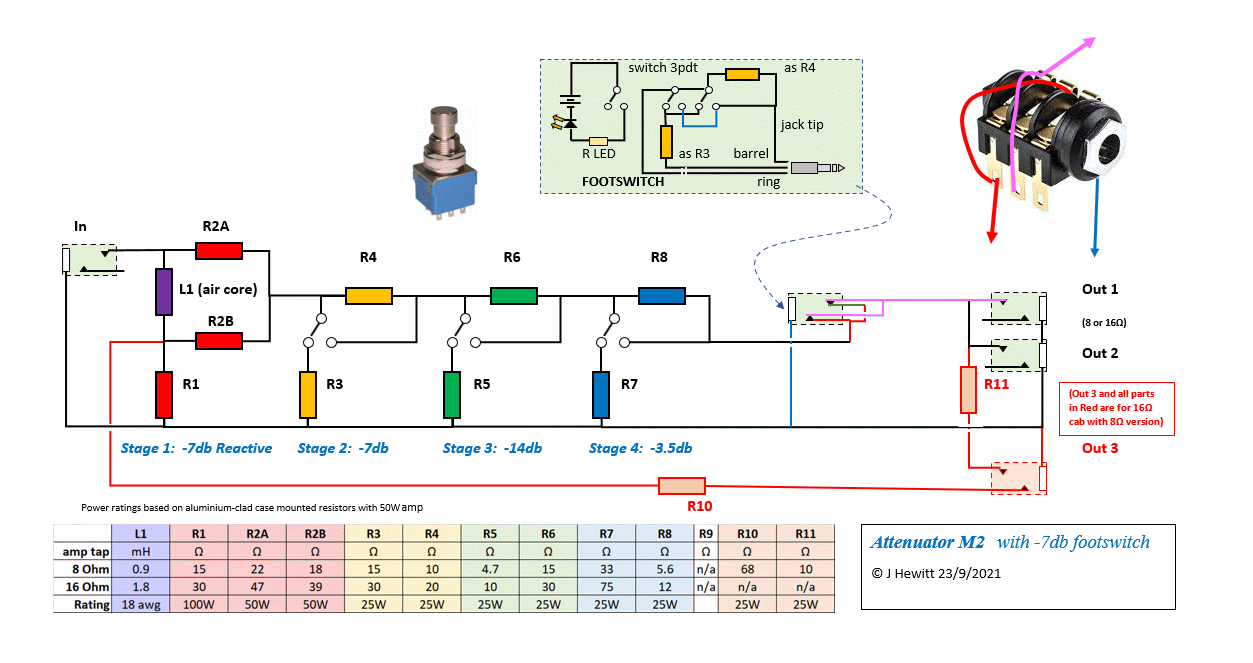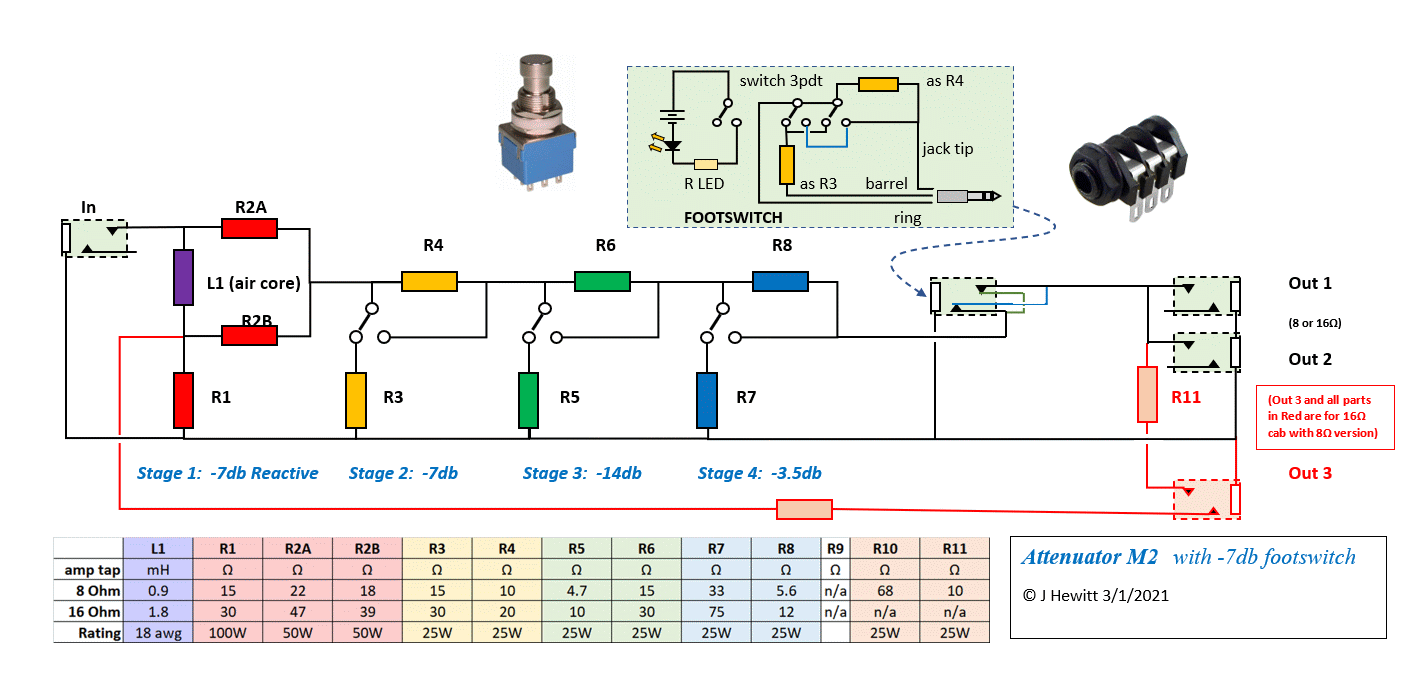matttornado
Well-Known Member
- Joined
- Mar 14, 2012
- Messages
- 1,900
- Reaction score
- 1,510
Hi John. Looking at the footswitch diagram....I'm confused as to why a stereo jack is used and not mono switched jack?
Thanks!
Thanks!




 , the last of my parts should be arriving Today, this may be already in the thread but I've missed it, but are there any meter measurements/tests I can do to check I have the circuit & switch wiring correct ?.
, the last of my parts should be arriving Today, this may be already in the thread but I've missed it, but are there any meter measurements/tests I can do to check I have the circuit & switch wiring correct ?. .
.

 ,
, 
 .
.